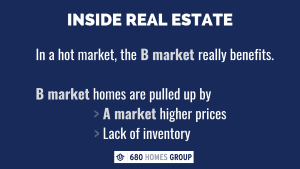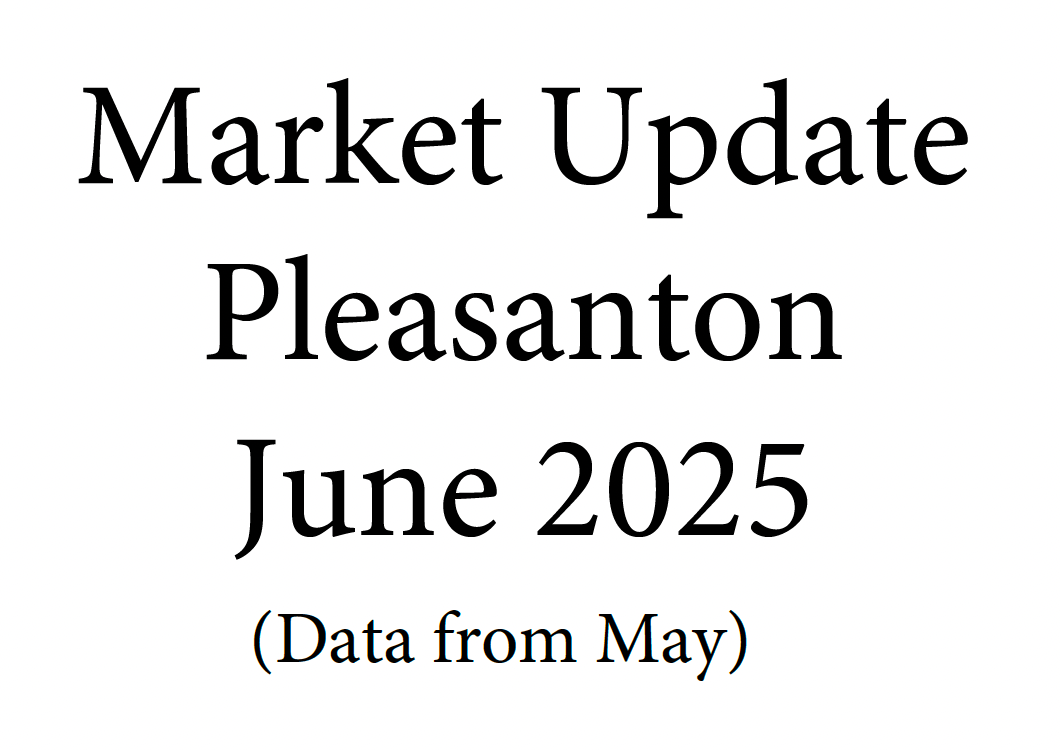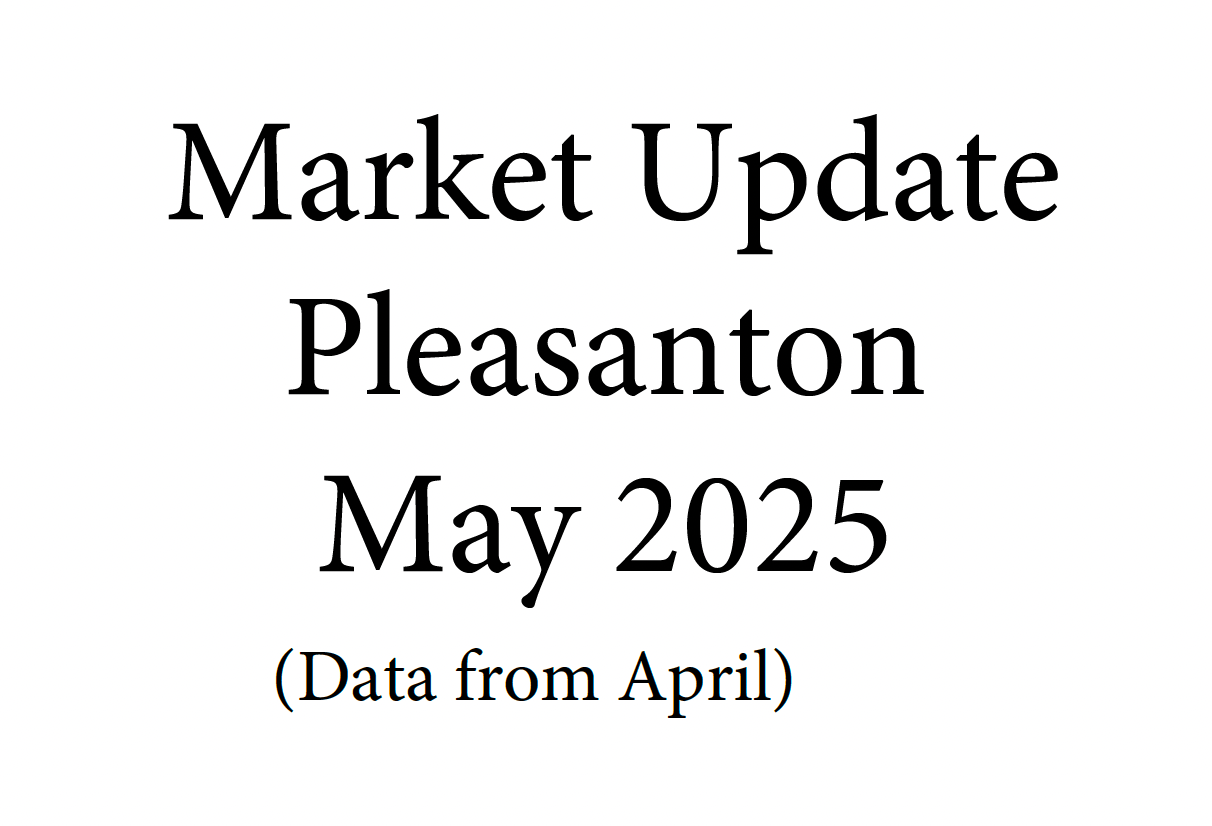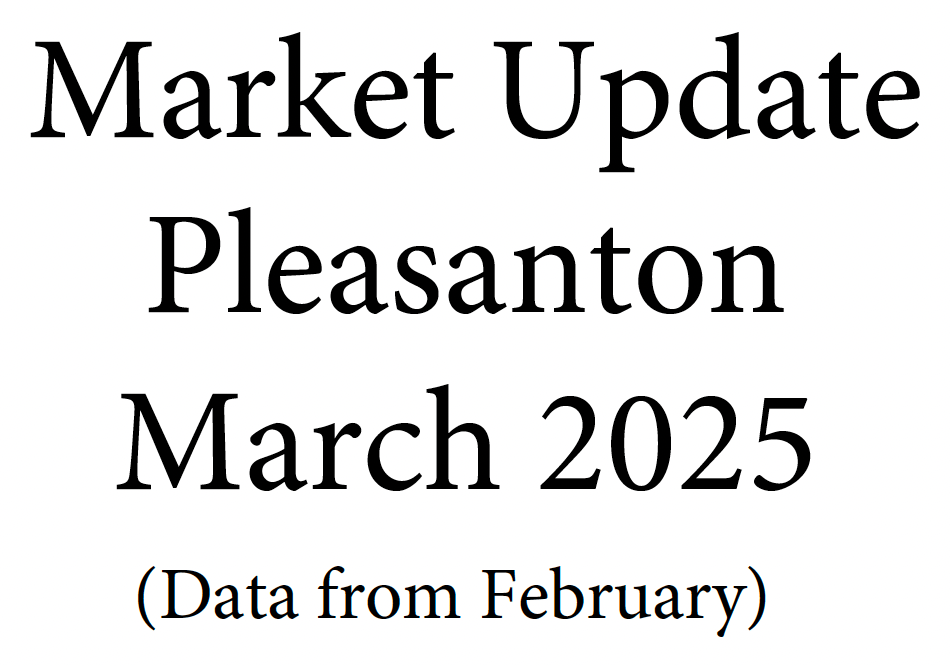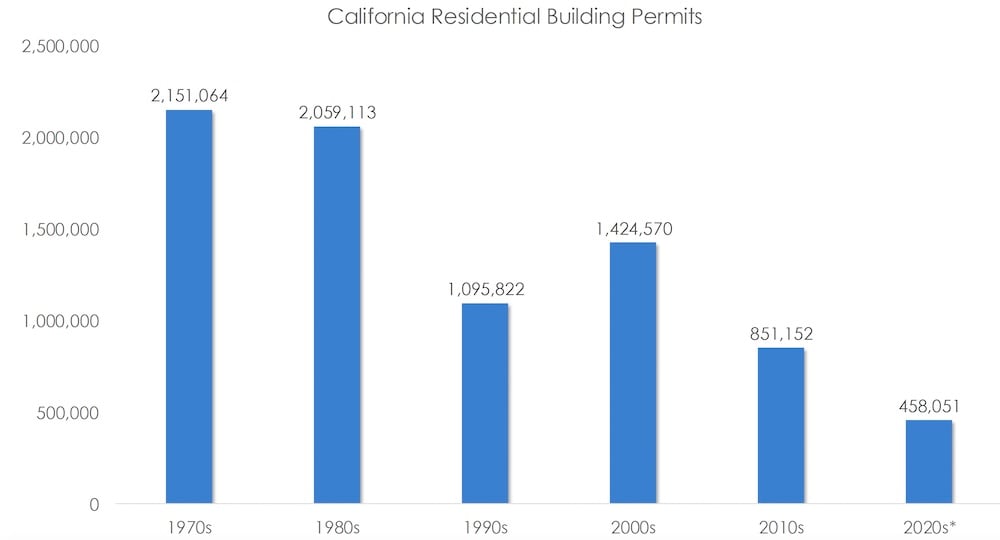Hi everybody. This is Doug Buenz with the 680 Homes Group at Venture Sotheby’s International Realty and 680 homes.com. Welcome to our latest episode of Inside Real Estate. Today our topic is The ABC Market.
Often I get asked the question, “Doug, how is the market?” and my response is typically, “Which market?” The truth is there are many markets in any given area, and there is no exception here in the Tri-Valley area. Some houses will always sell, and others will always struggle. It really depends on the market conditions.
I call this “The ABC Market“. I like to think of it this way. The A group of homes, are the crème de la crème, the best of the best. They check all the boxes with the buyer. They are top condition, top amenities, best neighborhoods, may have views, privacy, large lots, and they have been recently remodeled to current standards. That is the A group of homes. They will always be in demand.
Conversely, you have what I call the “C homes”. These are the least desirable homes, typically, in any given time on the market. Maybe they have location issues, are on a busy street, or they back up to a freeway, or they have unusable lots that slope straight up. Maybe they are in less desirable neighborhoods with many rentals, or neighborhoods that are prone to ground settlement. Maybe they are completely out of date, and in poor condition, or a combination of all of those. That is what I call the “C market”. Those homes are generally going to struggle in any market.
In between, we have the muddled middle, or what I call the “B market”. These are homes that have some upgrades, but they are not quite up to date. They are not completely remodeled to today’s standards. They are clean but dated, even in prime neighborhoods. For example, if a seller painted oak cabinets white instead of remodeling the kitchen with new cabinets, or they have materials that are out of date, flooring that is out of date. It can be a very clean home, a very well maintained home, but it is still not quite up to today’s standards, that would be an example of the B market.

How do these forces interplay? In a hot market, A homes sell, obviously, for a premium. If they check all the boxes, they are going to have intense competition. You are going to see a lot of interest in a property like that, and they are going to get peak prices. C homes, even in a hot market, are always going to struggle a little bit. Longer market times, and lower prices. People tolerate some of these defects. They do not seek them out. So the C properties, fixer-uppers, things like that are always going to be a little tougher to sell.
In a hot market, the muddled middle, or the B market, are the ones that really benefit because they are pulled up by the high prices the A market gets, and by the lack of inventory in a hot market, which puts pressure on buyers to make compromises. So the B market benefits most from a hot market.
When the market slows down, then things get interesting. A market homes still sell, and they get good prices, but not quite the peak prices they would get in a hot market, but they are still going to sell. They are still going to sell relatively quickly, and they are always in demand. The C homes are really going to struggle because when inventory increases, and buyers have a lot of choices, they typically are going to pass on C homes because they do not need to buy them. There are plenty of other homes available, so C homes really need to be priced attractively.
If you have a fixer-upper, or a property with foundation issues, or location issues, in a slow market you really need to price it to be attractive for buyers to prompt them to overcome those issues and buy the property.
The B market struggles in a slower market as well. The natural tendency is for a seller to say, “You know, I saw what that A market property got, and I want something just like it even though my home is not as remodeled.” That just does not happen in a slowing market. Buyers become much pickier. Buyers have all kinds of choices, and if the property does not check all the boxes, they are typically going to be less than enthusiastic about it. They will wait and see. You will see a longer market time. It will be a little harder to sell a B market property in a slowing market.
That is how I segment the market at any given time in terms of the inventory. There is definitely a percentage of the inventory that is A properties; the crème de la crème. There is definitely a segment of the inventory that is C properties, that have issues, and then there is a muddled middle.
How those three market segments perform in any given market condition is really an interesting interplay, and something to keep in mind.
Thanks again for watching. As always, if you know anyone who could get some value out of this, please do share. We would love to hear comments from you. If we can help you at all with any of your real estate needs, please give us a call, (925) 785-7777, or see us online at
680homes.com.




